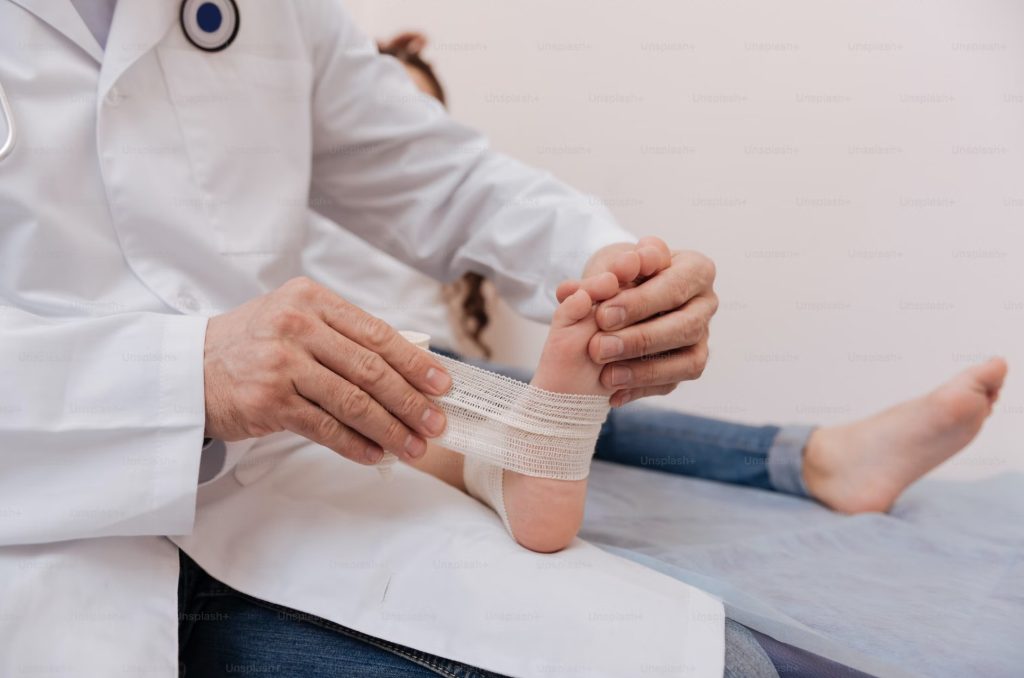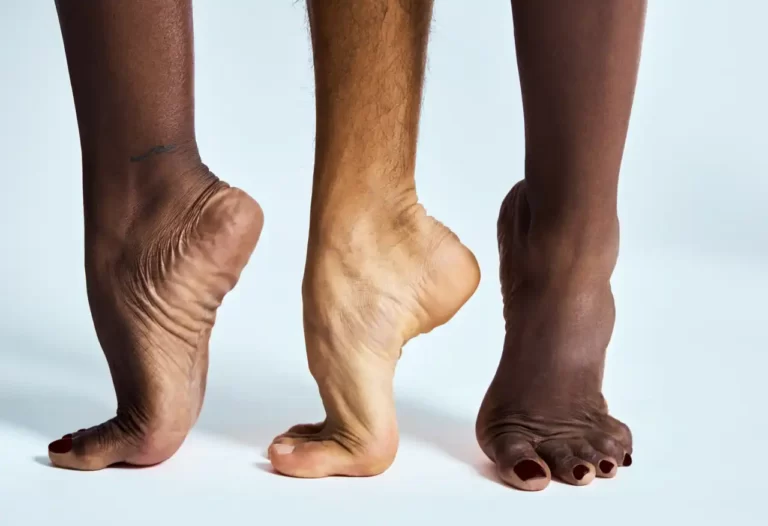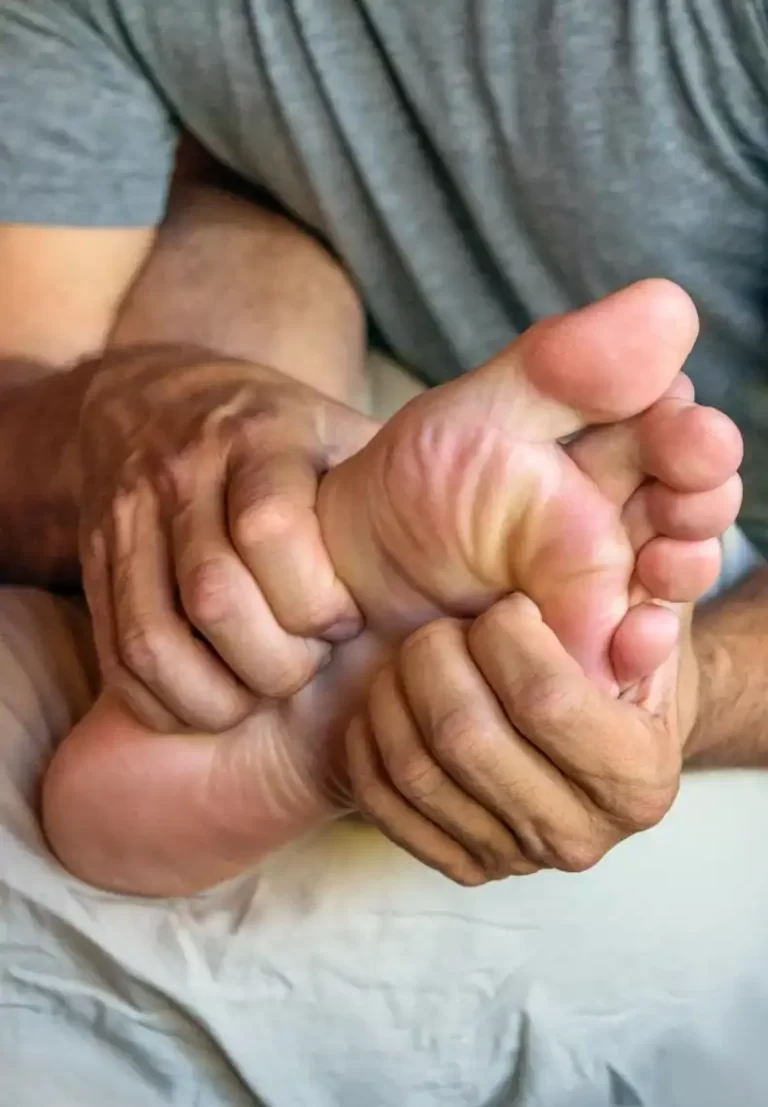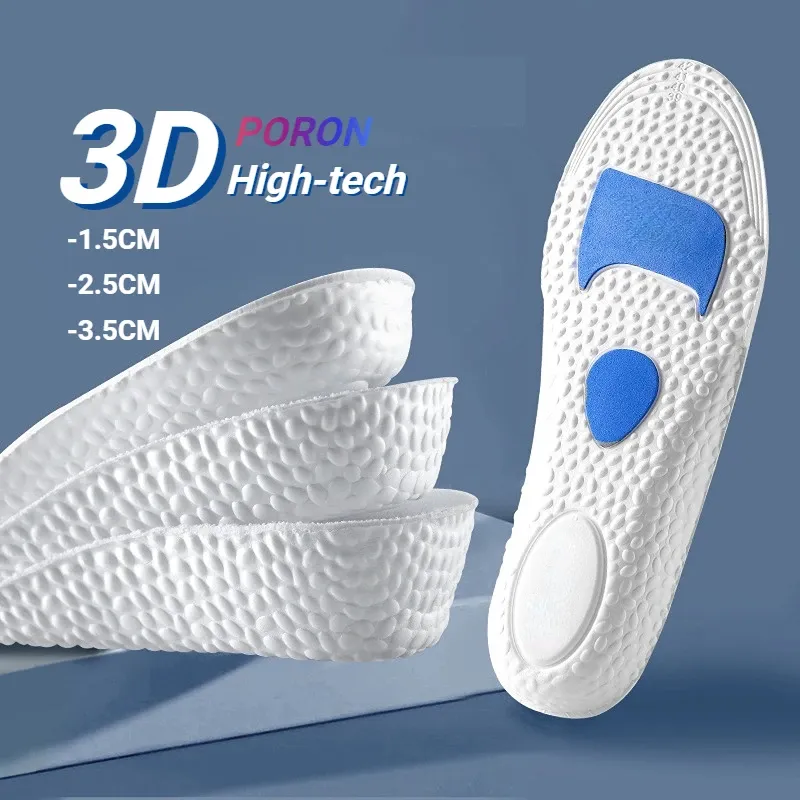Understanding the Causes of Broken Feet: Everything You Need to Know
If you suspect that you have broken your foot, it is important to be sure that it is actually a fracture and not another condition. The first thing to do is go to the doctor’s office and get an x-ray of the foot. If this confirms a fracture, there are many different ways for it to be treated. Your doctor will decide what treatment option is best for you based on several factors including how severe your fracture is, how old you are and if other complications such as diabetes or arthritis are present as well.
What is a broken foot?

A broken foot is a fracture of the foot bones. It can be very painful and take a long time to heal, but it’s also an injury that many people suffer from at some point in their lives.
Most broken feet occur because of trauma, such as falling down or being hit by something heavy (like a car). In some cases, though, they’re caused by medical conditions like osteoporosis or rheumatoid arthritis–these are less common but still worth keeping in mind when determining whether your broken foot is normal or not!
How your foot break?
There are many causes of broken feet. The most common include:
- Accidents and falls, which can occur when you trip or stumble on something in your path.
- Sports injuries, such as a kick to the foot during soccer or basketball.
- Occupational injuries that result from working in an environment with increased risk of falling, such as construction sites or warehouses where there is little room for error when stepping over uneven surfaces like pallets and boxes that may have shifted after being moved around by forklifts or other machinery used in moving merchandise around.
- Stress fractures, which are small cracks in your bones caused by repetitive physical activity (such as running) without enough time for rest between workouts; stress fractures can lead to more serious issues if left untreated so it’s important not only to take breaks throughout your workout sessions but also seek treatment if you suspect one might be developing!
The anatomy of the foot.
Your foot is made up of many different bones and muscles. The bones include your heel, ankle, and toes. Your tendons attach these parts to one another so that they can move together as a unit. Your ligaments connect the joints together while holding them in place; they also help to support the arch of your foot when you stand on it or walk around.
Your nerves carry information between your brain and other parts of your body so that you can feel things like pain or touch through them (this includes feeling cold temperatures if there’s frostbite). Finally, there are two layers of skin: an outer layer called epidermis which provides protection from injury; and an inner layer called dermis which contains blood vessels that supply nutrients needed for healing wounds after injury occurs
When to See a Doctor

If you think you have broken your foot, it’s important to see a doctor right away. The longer you wait, the more likely it is that the bone will heal improperly and cause complications later on. If you suspect that your foot is broken or even just sprained (which can still be painful), act quickly by visiting an urgent care center or calling 9-1-1 if necessary.
If possible, bring someone else with you when going to see a doctor about suspected fractures in their feet since most people won’t be able to drive themselves home after being prescribed pain medication and/or crutches by their physician.
Diagnosis and Treatment Options
To diagnose a broken foot, your doctor will likely perform an X-ray to look for fractures. If there’s no fracture on the X-ray, other tests may be necessary to confirm whether there is actually a break in the bone. These include:
- CT scan: A computed tomography (CT) scan provides detailed images of internal organs and soft tissues inside the body. It can also show whether any broken bones are bleeding into surrounding tissue or if they’ve been displaced from their normal position
- MRI scan: Magnetic resonance imaging (MRI) uses powerful magnets and radio waves to create detailed images of organs, tissues and even some types of tumors within the body without using X-rays
If your broken foot is near a joint, such as the ankle, or another important body structure, such as nerves or tendons, surgery may be required to repair it. You should also consider surgery if you have multiple broken bones in one area (such as two fractures of the fifth metatarsal bone), because these types of breaks are more likely to cause complications. If you’re considering surgery for a broken foot, talk with your doctor about all of your treatment options and make sure that they’re right for you before making any decisions.
Types of Broken Foot Injuries
There are several different types of broken foot injuries, each with its own unique symptoms and treatment methods. The most common broken foot injuries by below reasons.
Metatarsal bones (forefoot).
The metatarsal bones (the bones in your feet that connect your ankle to your toes) are the most commonly fractured metatarsals. They’re located on the top of each foot, underneath where you would wear a shoe and arch. The second through fifth metatarsals are most often affected by fractures, with injuries to these bones being particularly common among athletes who play sports such as basketball and tennis.
The diagnosis of a broken toe generally involves a physical exam by a doctor or other medical professional who will inspect the injured area for swelling or bruising; tenderness when pressing over it; limping when walking (if there is pain); inability to bear weight on one leg without pain; deformity in shape or alignment of any kind–these can all indicate an injury has occurred!
When dealing with these types of injuries, doctors typically recommend wearing supportive shoes such as athletic sneakers with thick soles so they provide extra cushioning during activity as well as after it’s done for protection against further injury while healing takes place within those tissues.”
Calcaneus (heel bone).
The heel bone, or calcaneus, is the largest bone in the foot and is located on the bottom of your foot. It’s also known as your Achilles tendon attachment point. This means that if there is an injury to this area, it can cause pain when walking or running due to its role as a weight-bearing part of your body.
Calcaneal fractures are common among older adults with osteoporosis (a condition where bones become brittle). The fracture often occurs when someone trips or falls while walking or running on uneven ground like icy sidewalks or grassy fields after a rainstorm has left them wet with mud puddles all over them!
Talus (ankle bone).
The talus is a bone in your ankle that forms part of the tarsal bones. It sits at the bottom of your leg, where it connects with other bones to form joints and allow you to move freely.
The symptoms of a broken talus include:
- Pain in or around your ankle area (especially when moving)
- Swelling around your ankle
- A feeling like something is stuck under or behind your foot
Lisfranc joint (midfoot).
The Lisfranc joint is the joint between the bones of your midfoot. It’s named after Jacques Lisfranc de St. Martin, a surgeon who pioneered treatment of this injury.
The joints that make up your toes, called metatarsophalangeal joints, are connected to bones in your foot by ligaments and tendons (connective tissues). These tissues can tear when you fall or twist your foot too far while running or jumping.[1] If you’re doing something like playing soccer and get tackled by someone who lands on top of your foot with their cleats facing upward toward your toes–a common scenario for those playing sports where players kick each other with their feet–you could end up injuring one or more of these ligaments.
Fifth metatarsal (Jones fracture).
A fifth metatarsal fracture is a break in the bone just above your big toe. This can be caused by direct trauma to the foot, such as falling on it or stepping on something sharp. Other causes include twisting your ankle or simply wearing shoes that don’t fit properly and put too much pressure on this area of your foot.
To diagnose a fifth metatarsal fracture, your doctor will examine how painful it is when he presses down on different parts of your heel and toes with his hands (palpation). He may also X-ray both feet to look for any other injuries that could cause similar symptoms as well as taking some blood tests to rule out infection or inflammation. There are two main treatment options: casting and surgery (open reduction internal fixation), which involves placing screws through small incisions into either side of the broken bone so it can heal properly without shifting out of place again later down the line; however each option has its own pros/cons so make sure you discuss them thoroughly before making any decisions!
How to prevent foot broken
Broken bones are one of the most common injuries in sports. They can happen in any sport, but are especially common in football, hockey, basketball and soccer.
Here are some ways to prevent a broken foot:
Wear shoes that fit properly and aren’t worn out.
Don’t wear high-heeled shoes or sandals that don’t have good support for your feet.
If you play sports, wear protective gear such as shin guards or ankle braces for added support.
Don’t play on hard surfaces such as concrete or asphalt without wearing protective gear
Steel toe inserts significantly help enhance foot safety, especially in hazardous work environments. Steel toe inserts, also known as safety toe caps, are designed to protect the toes and feet from impact and compression injuries caused by falling objects, heavy machinery, or other workplace hazards. Here are some ways steel toe inserts contribute to foot safety.
Recovery and Complications
Recovery from broken feet can be a long process, but it’s important to remember that every person heals differently. In general, you should expect to be in a cast or brace for at least 6 weeks after the injury. During this time, your doctor will likely recommend that you stay off your feet as much as possible and avoid any activities that require weight bearing on the injured area.
When it comes time for physical therapy (PT), make sure that you follow their instructions exactly–this is critical in helping with recovery and preventing complications such as osteomyelitis (bone infection). It also helps if family members or friends help out with household tasks like cooking so that they can keep an eye on you during recovery periods when pain may limit mobility. If any complications occur during recovery like swelling or redness around the injury site, call 911 immediately!
Conclusion
Broken feet are a common injury, but they can be prevented. If you have any doubts about whether or not your foot is broken, it’s best to see a doctor right away. The sooner you get treatment, the better chance you have of recovery with no complications!







